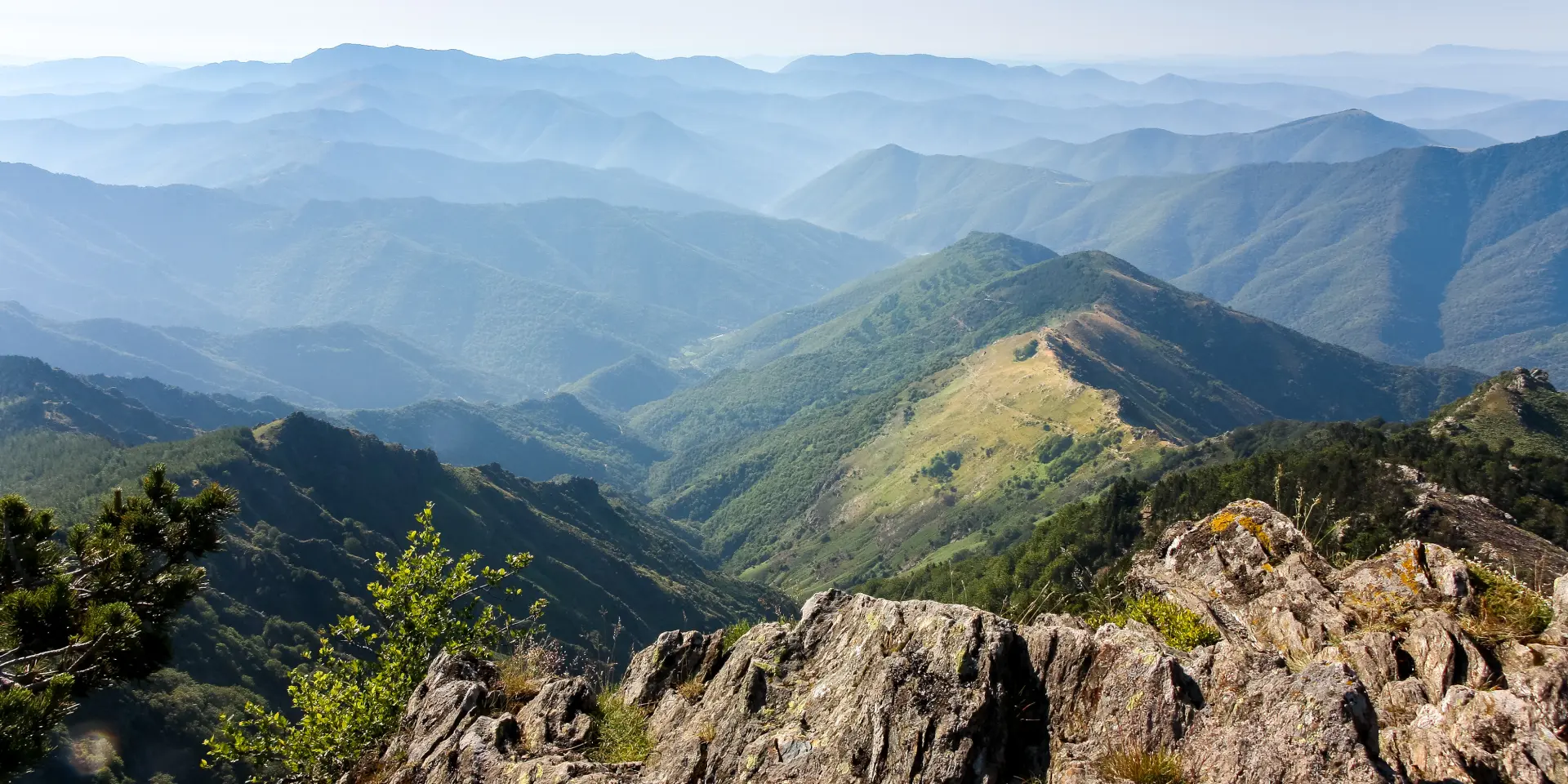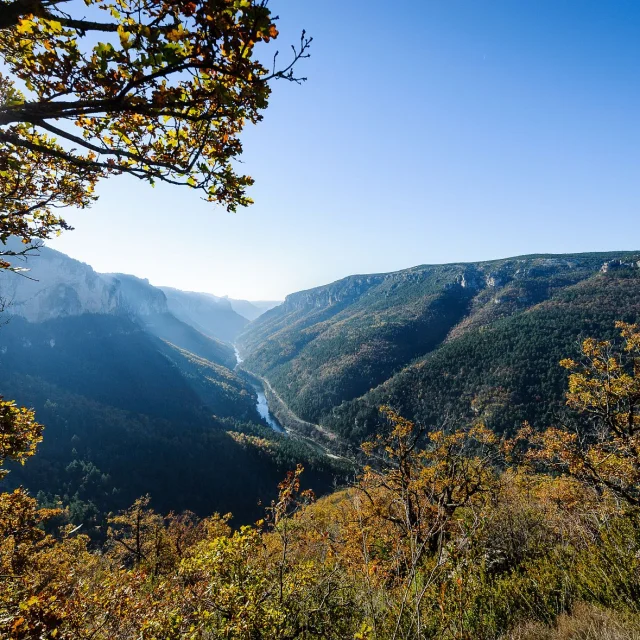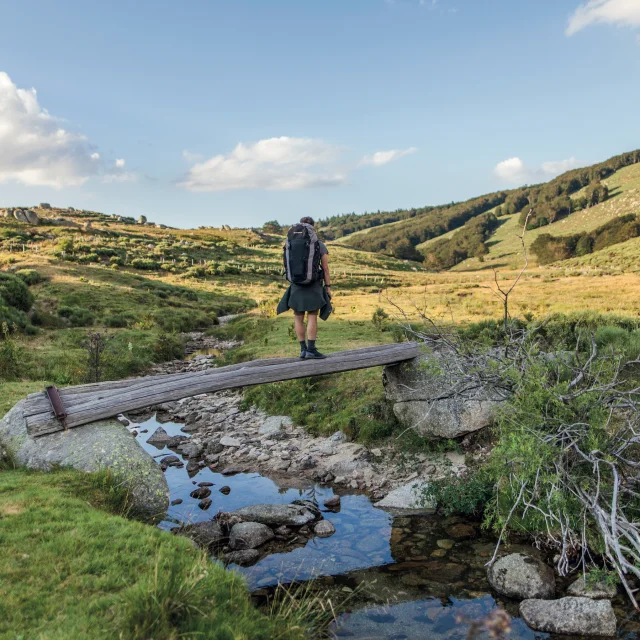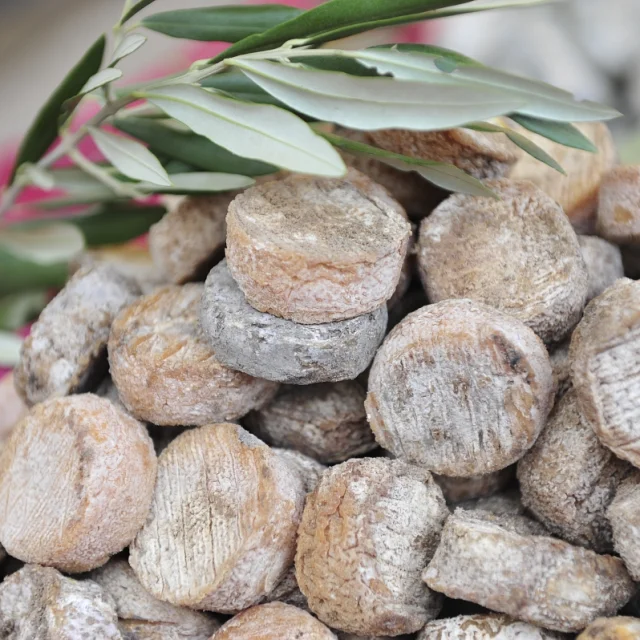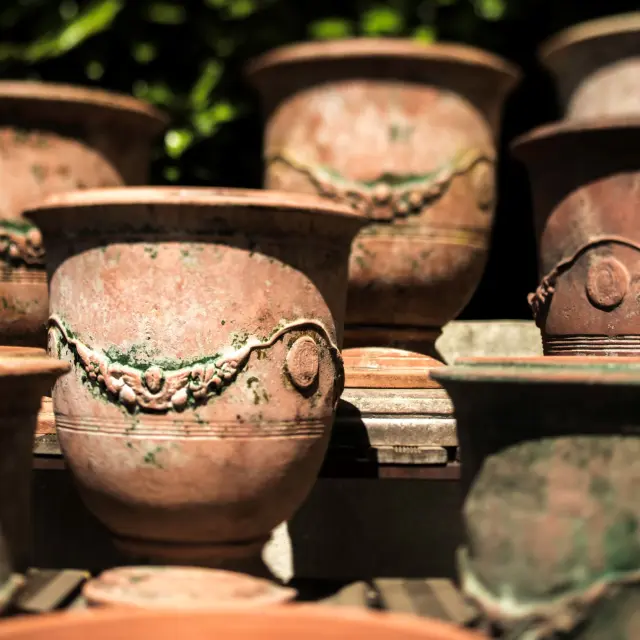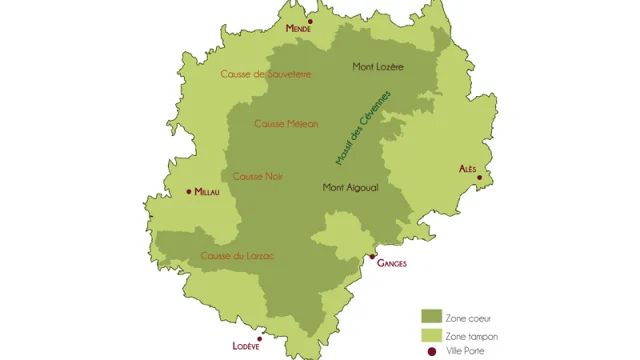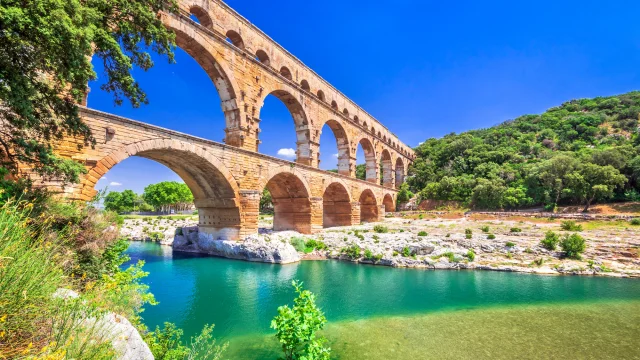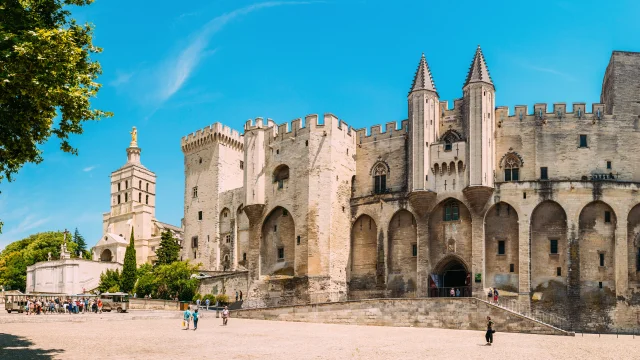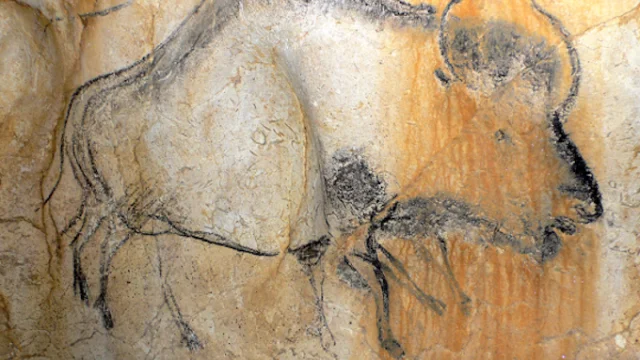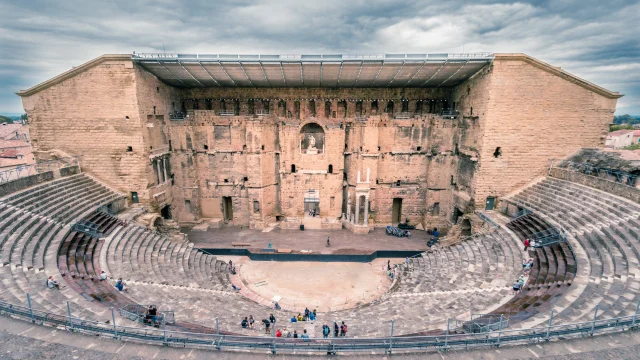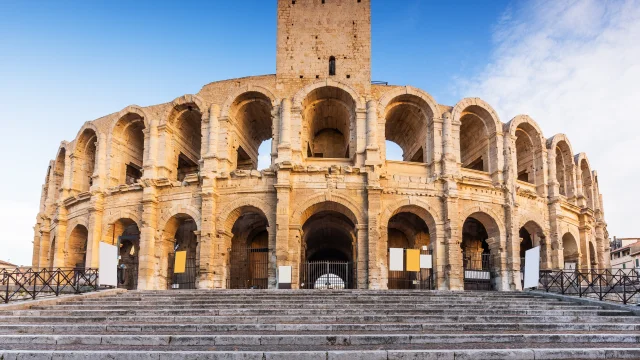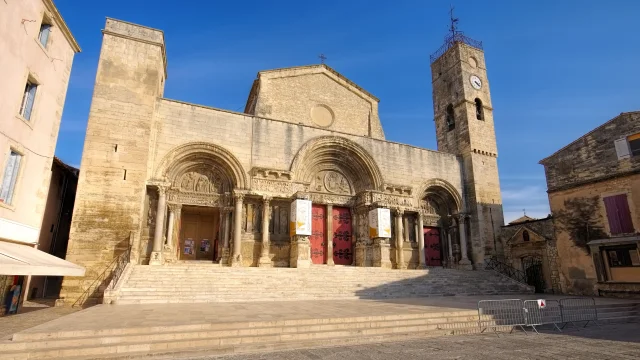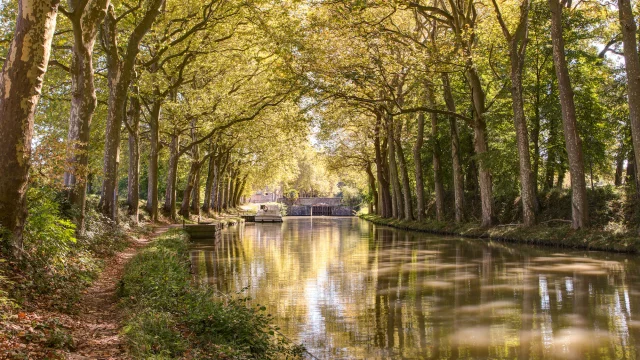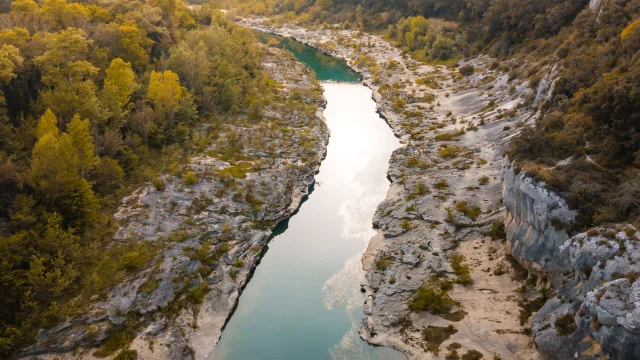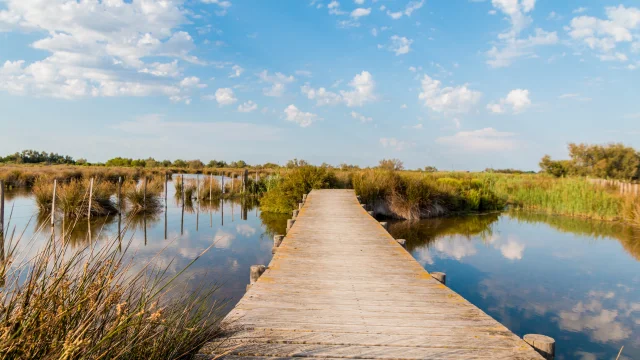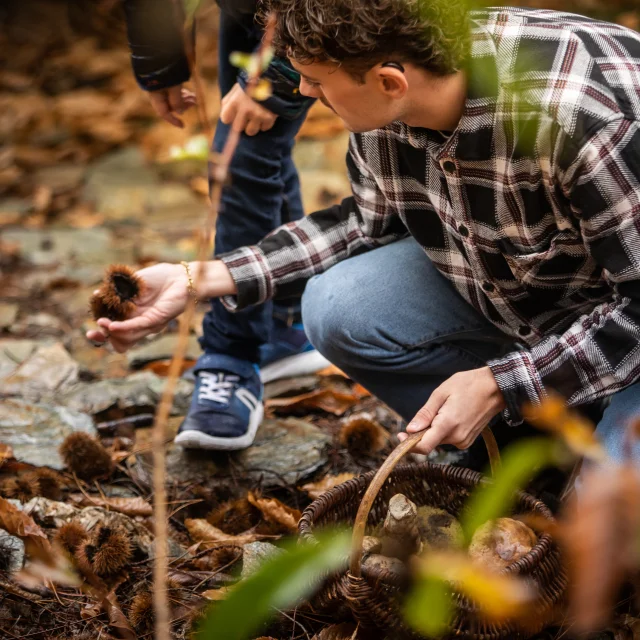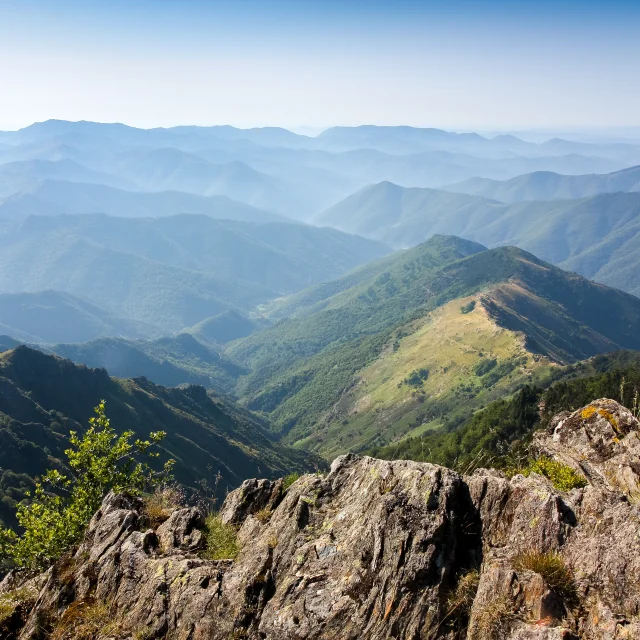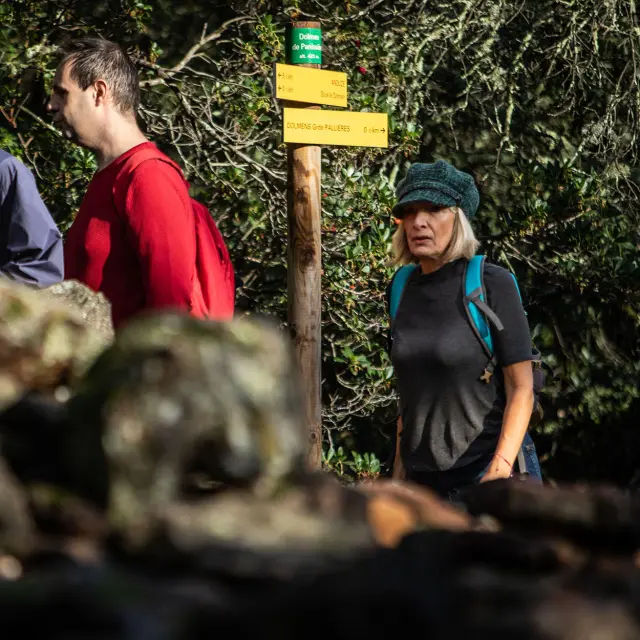A mountain landscape crossed by deep valleys.
An exceptional nature that is reflected in the construction of moors and faïsses (crop terraces), drailles (transhumance paths) created by the breeders of the past, which are still used today for the movement of livestock and by hikers who set off in the footsteps of the shepherds, a built heritage (villages, stone farm buildings…), ancestral know-how and typical and quality products, recognized by national and European labels.
Agropastoralism
Extensive breeding of sheep, goats, cows or horses.
This practice boils down to using available natural resources such as water from streams and grazing on large areas to raise one’s flocks. We are talking about a qualitative model that is characterized by a low density of animal numbers per hectare.
This ancestral mode of animal husbandry allows both thrifty breeding, maintenance of natural environments and preservation of biodiversity through the transport of seeds by the animals on the move.
Transhumance
Migration of livestock between winter pastures and summer pastures.
This seasonal movement, which can cover hundreds of miles and last from a few days to several weeks, between the months of April and June and September and November, allows for herd fattening and reproduction.
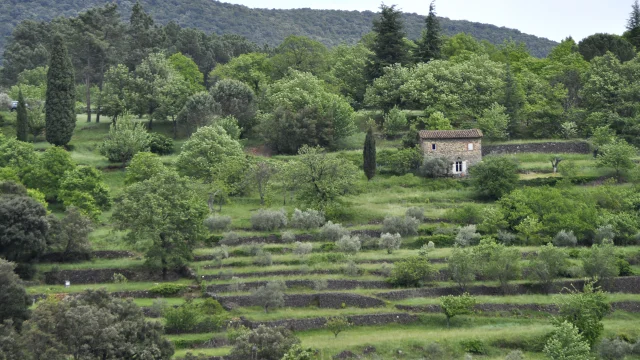 Faïsses 07.jpg Mialet © Philippe Nicolas
Faïsses 07.jpg Mialet © Philippe Nicolas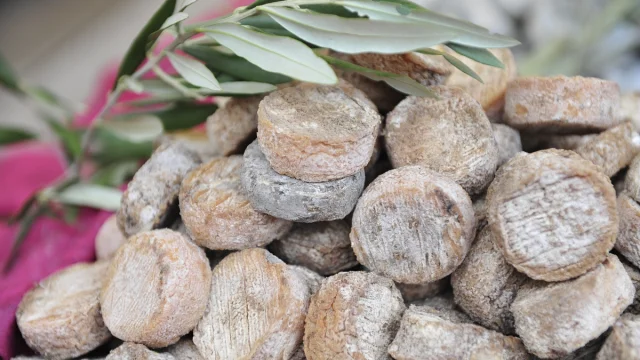 Pelardons
Pelardons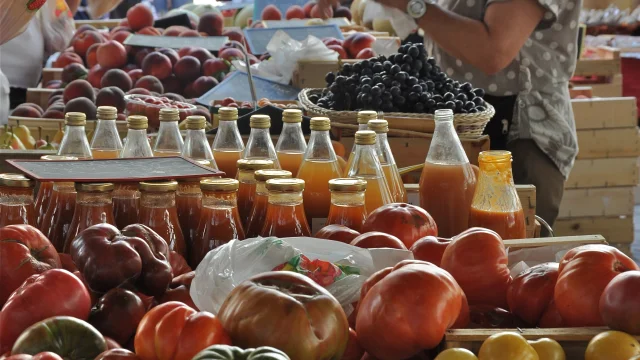 Anduze market © Bernadette Price
Anduze market © Bernadette Price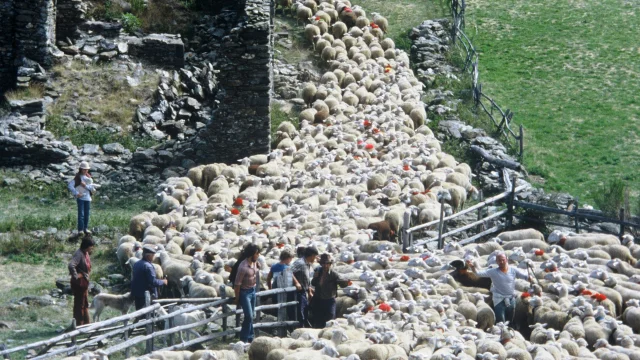 Transhumance at Bonpérier 02.jpg © Alain Gas
Transhumance at Bonpérier 02.jpg © Alain Gas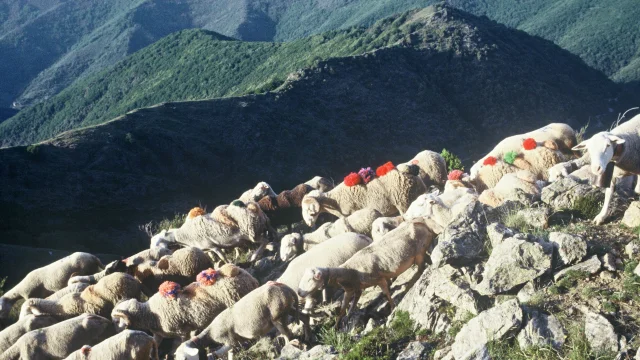 Transhumance after Asclier Pass 01.jpg © Alain Gas
Transhumance after Asclier Pass 01.jpg © Alain Gas
